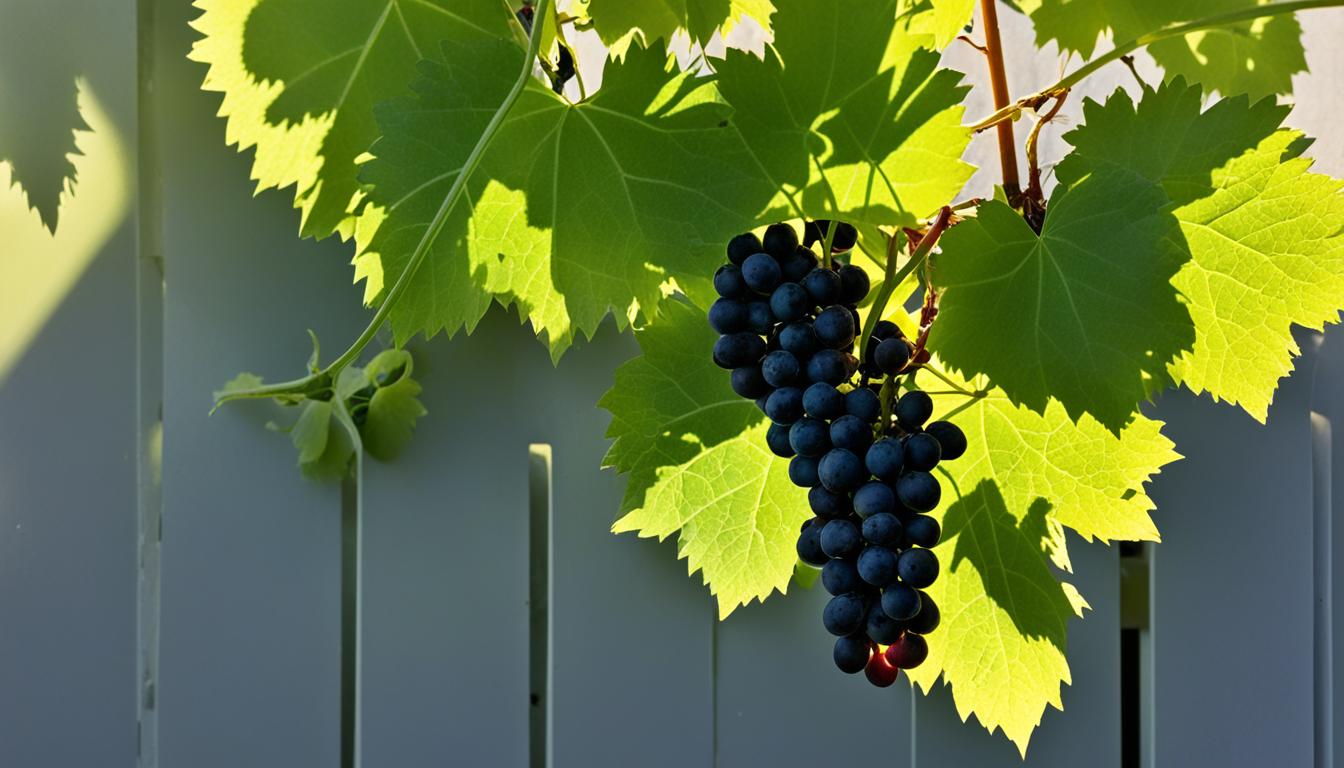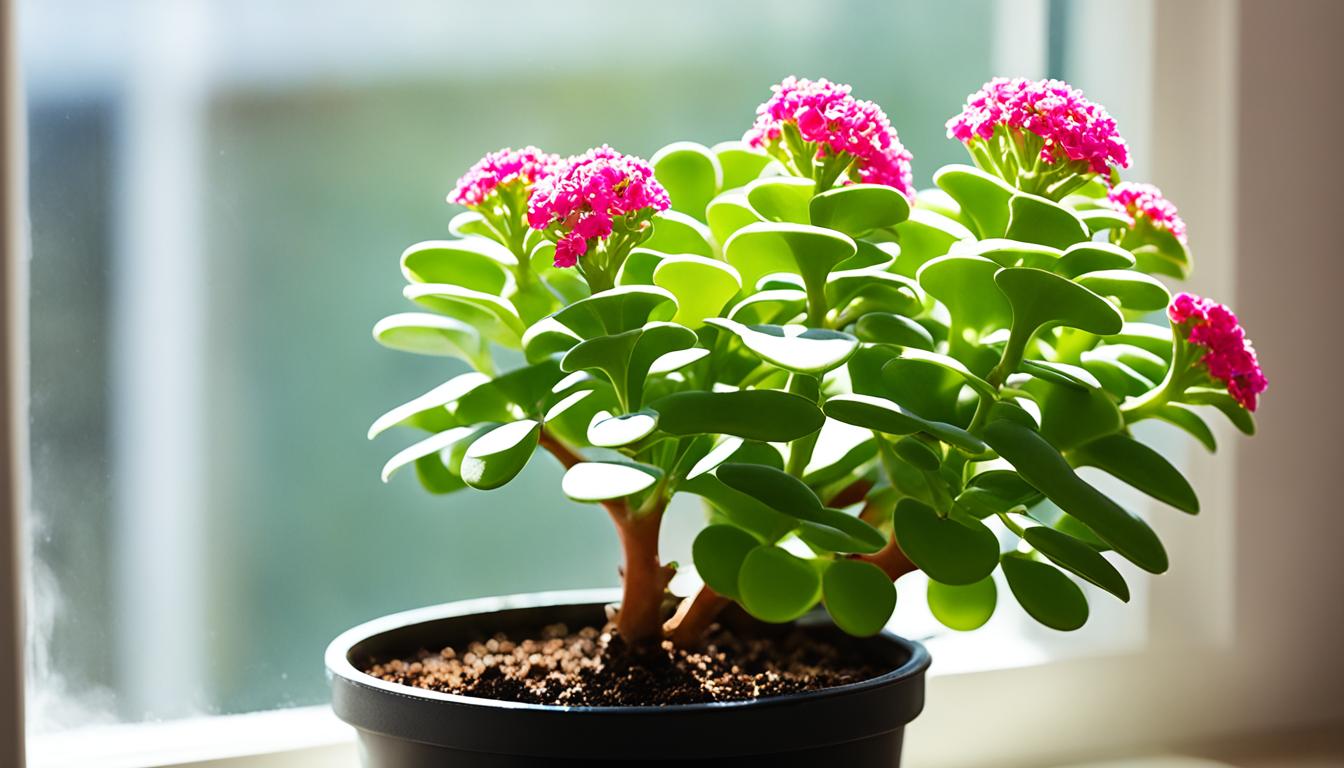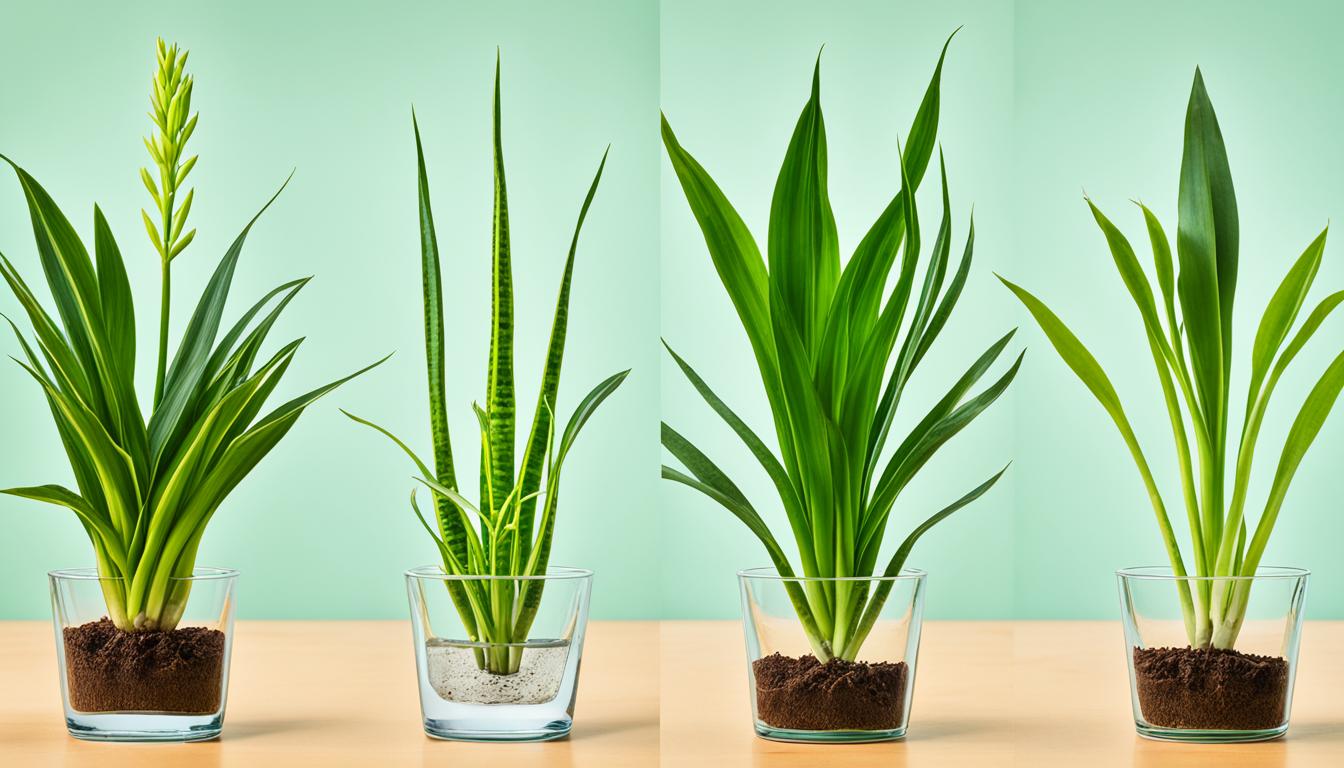As someone who has had to deal with the question of whether you can put a shed on grass, I can tell you that it is not a simple answer.
There are a lot of factors to consider, such as the type of shed, the size of the shed, the condition of the grass, and the climate in your area.
In this article, I will explore the different factors you should consider when deciding whether or not to put a shed on grass.

Can You Put a Shed on Grass?
Building your new shed directly onto grass, bare ground, or gravel is not recommended.
This is because the foundation on which your shed sits needs to be level, solid, and durable in order to provide safe and secure storage space. The best way to create this kind of foundation is by building onto a concrete slab, pavers, or timber base.
When putting a shed on grass the first factor to consider is the type of shed. There are many different types of sheds, including metal sheds, plastic sheds, and wooden sheds. Each type of shed has its own unique characteristics that can affect whether or not it can be placed on the grass.
Metal Sheds
Metal sheds, for example, are generally the easiest type of shed to place on grass. They are lightweight and can be easily moved around if necessary. However, they do have a few drawbacks.
For one, metal sheds can get very hot in the sun, which can be uncomfortable if you plan on spending a lot of time inside. They can also be noisy during rainstorms, which can be distracting if you plan on using your shed as a workspace.
Plastic Sheds
Plastic sheds are another option. They are lightweight and easy to move around, like metal sheds, but they don’t get as hot in the sun.
They are also quieter during rainstorms, making them a good choice if you plan on using your shed as a workspace. However, plastic sheds are generally not as durable as metal or wooden sheds, so they may not last as long.

Wooden Sheds
Wooden sheds are the most popular type of shed, and they can be a great addition to any backyard. However, they are also the most difficult type of shed to place on grass.
Wooden sheds are heavy, and they require a solid foundation to prevent them from sinking into the ground over time. If you decide to put a wooden shed on grass, you will need to build a sturdy foundation first.
Size Of Shed
The second factor to consider is the size of the shed. Smaller sheds are generally easier to place on grass than larger sheds.
A small shed can be moved around if necessary, but a larger shed may require a permanent foundation to keep it stable. If you are planning on putting a large shed on grass, you should consider building a foundation to ensure that it stays in place.
The third factor to consider is the condition of the grass. If the grass in your backyard is healthy and thick, it may be able to support a shed without any problems.
However, if the grass is thin or patchy, you may need to build a foundation to prevent the shed from sinking into the ground over time.
Climate
The fourth factor to consider is the climate in your area. If you live in an area with heavy rainfall, you may need to build a foundation to prevent the shed from sinking into the ground during a storm.
If you live in an area with hot, dry summers, you may need to choose a shed material that can withstand high temperatures.
In addition to these factors, there are a few other things to keep in mind when placing a shed on grass.
First, you should make sure that the shed is level. If the shed is not level, it can become unstable over time and may even collapse.
You should also make sure that the shed is placed in an area that gets plenty of sunlight. If the shed is placed in a shaded area, it may become damp and moldy over time.
One of the most important things to consider when placing a shed on grass is the foundation. A solid foundation is essential for any shed, as it provides a stable base for the structure and prevents it from sinking into the ground over time.
For smaller sheds, a simple gravel or concrete pad may be sufficient. However, for larger sheds, you may need to pour a concrete slab or build a raised foundation to ensure that the shed stays level and stable.

Another important factor to consider is the slope of the ground. If the ground is sloped, you may need to level the area before placing the shed. This can be done by adding soil to the lower side of the slope or by digging out the higher side of the slope. Once the ground is level, you can then begin to build your foundation.
When building your foundation, it’s important to choose the right materials. For example, if you’re building a concrete slab, you’ll need to use a high-quality concrete mix that’s designed for outdoor use.
You’ll also need to add reinforcement, such as rebar or wire mesh, to ensure that the slab is strong enough to support the weight of the shed.
If you’re building a raised foundation, you’ll need to use pressure-treated lumber that’s designed for outdoor use.
This type of lumber is resistant to rot and insect damage, which makes it ideal for use in a shed foundation. You’ll also need to use galvanized hardware, such as screws and nails, to prevent rust and corrosion.
Conclusion
Building a shed is an exciting and rewarding project, but before you begin it is important to consider the type of foundation your shed will be sitting on. Building onto grass, bare ground or gravel can lead to structural instability and long-term problems with your shed. For a secure, level, and durable basis for your structure, constructing onto a concrete slab, pavers, or timber base is highly recommended.




Leave a Reply